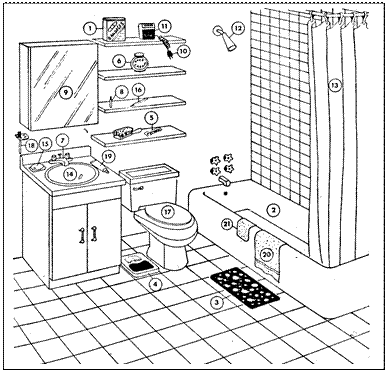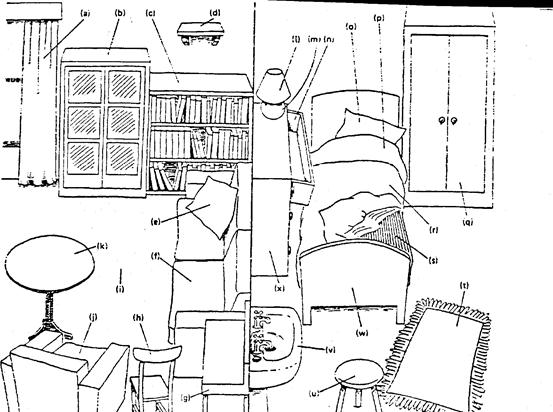
КАТЕГОРИИ:
Архитектура-(3434)Астрономия-(809)Биология-(7483)Биотехнологии-(1457)Военное дело-(14632)Высокие технологии-(1363)География-(913)Геология-(1438)Государство-(451)Демография-(1065)Дом-(47672)Журналистика и СМИ-(912)Изобретательство-(14524)Иностранные языки-(4268)Информатика-(17799)Искусство-(1338)История-(13644)Компьютеры-(11121)Косметика-(55)Кулинария-(373)Культура-(8427)Лингвистика-(374)Литература-(1642)Маркетинг-(23702)Математика-(16968)Машиностроение-(1700)Медицина-(12668)Менеджмент-(24684)Механика-(15423)Науковедение-(506)Образование-(11852)Охрана труда-(3308)Педагогика-(5571)Полиграфия-(1312)Политика-(7869)Право-(5454)Приборостроение-(1369)Программирование-(2801)Производство-(97182)Промышленность-(8706)Психология-(18388)Религия-(3217)Связь-(10668)Сельское хозяйство-(299)Социология-(6455)Спорт-(42831)Строительство-(4793)Торговля-(5050)Транспорт-(2929)Туризм-(1568)Физика-(3942)Философия-(17015)Финансы-(26596)Химия-(22929)Экология-(12095)Экономика-(9961)Электроника-(8441)Электротехника-(4623)Энергетика-(12629)Юриспруденция-(1492)Ядерная техника-(1748)
Picture A Picture B
|
|
|
|
Bathroom
1.  bandages
bandages
2. bathtub
3. bath mat
4. bathroom scales
5. comb
6. face cream
7. faucet
8. lipstick
9. mirror
10. plug (on razor)
11. electric razor
12. shower
13. shower curtain
14. wash basin/ wash bowl
15. soap /liquid soap
16. thermometer
17. toilet (to flush the toilet)
18. toothbrush
19. toothpaste 20. towel 21. washcloth
In the bathroom you may also find the following things:
shampoo, sponge, linen bin, pumice, towel rail, toilet roll holder, toilet paper (AmE. bathroom tissue), toilet lid, toilet seat, cistern, flushing lever, stepladder, toilet articles


| Picture A | Picture B |
| A | L |
| B | M |
| C | N |
| D | O |
| E | P |
| F | Q |
| G | R |
| H | S |
| I | T |
| J | U |
| K | V |
| W | |
| X |
 Housewarming
Housewarming
Housewarming is a joyous holiday. The establishment of a new house and hopes for a new life, therefore a housewarming, especially in old Russian life, has always been accompanied by solemn rites.
In the good old days everyone had their own house. And if they built a new house and went to live in it, first they would call a priest, who would sanctify the place. Only then would they invite friends and relations to look around, give advice and share the host’s happiness.
Guests always came to a housewarming with bread and salt. This symbolized abundance and good fortune in the house and family.
Some of the old rites have been preserved to this day, for example, letting a cat into the new house, nobody crosses the threshold until the cat has wandered through all the rooms, found a place it likes and sat down. In this very place the hostess would put her bed. And when a child was born into the family, this place was cleared to make room for a cradle. It was thought to be the healthiest place in the whole house. It has now been demonstrated by scientists that this is true.
In the old days guests would take a kneading-trough to a housewarming and roll three loaves of bread, then they would see how those loaves would lie, and thus determined how they should sit in the house.
But above all, it was necessary to know how to choose a site to build a house. For this, too, many methods of divination were used. For example, to determine the quality of the soil in the place where they planned to build the house, oak-bark would be laid on the ground for 3 days. On the forth day they would pick it up and see what was under it. If they found a spider or an ant, the place was considered bad for building a house on it. But if they found worms, they could confidently get on with the construction.
These old signs were probably based on something if they didn’t die out over the course of centuries and were used by professional builders.
Three baked loaves were also used to determine the place. People would drop them as if by chance onto the earth and see how they lay. If all three lay with their crust uppermost, the place was good for building, be it a simple wooden hut or a stone mansion. But if the bread fell crust downwards, there could be no question of building anything. This place became a vacant plot and nobody wanted it.
When the house was built and the guests invited after the priest had blessed the corners of the house, a feast would begin. During the feast the floor of the new house would be spread with grass or hay so that it wouldn’t be bare, so that the couple would be prosperous and have many children.
The banquet table would be covered with a big tablecloth on which before all the food and drink would be placed the bread and the salt that the guests had brought.
And after the feast each guest had to give the host a present. What kind of present to give wasn’t prescribed, but it had to be something really necessary for the household, and not a knick-knack.
 so, merry, to keep, fortunetelling, to continue, accidentally, to sanctify;
so, merry, to keep, fortunetelling, to continue, accidentally, to sanctify;
 to look around, abundance, uppermost, downwards, feast, prosperous, knick-knack.
to look around, abundance, uppermost, downwards, feast, prosperous, knick-knack.

|
|
|
|
|
Дата добавления: 2014-12-27; Просмотров: 563; Нарушение авторских прав?; Мы поможем в написании вашей работы!